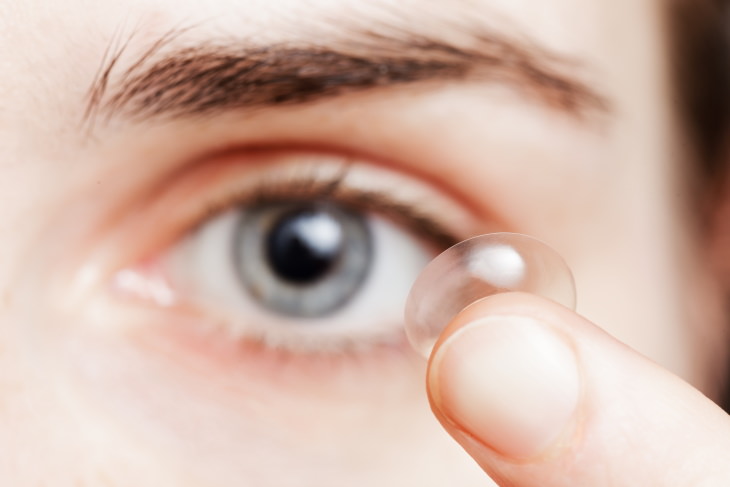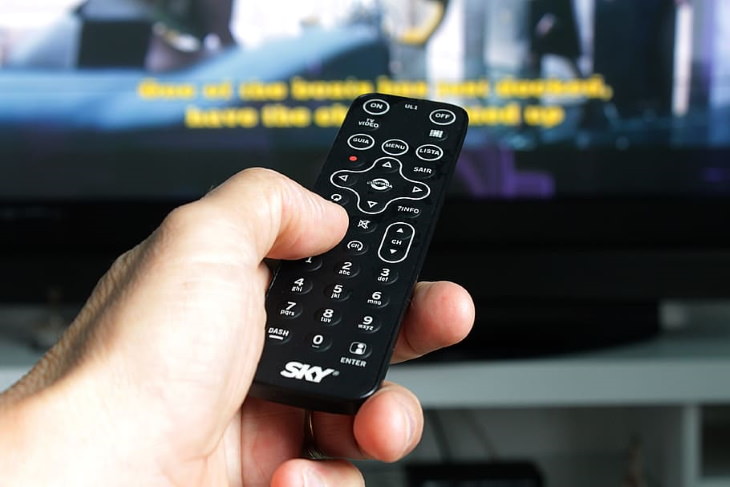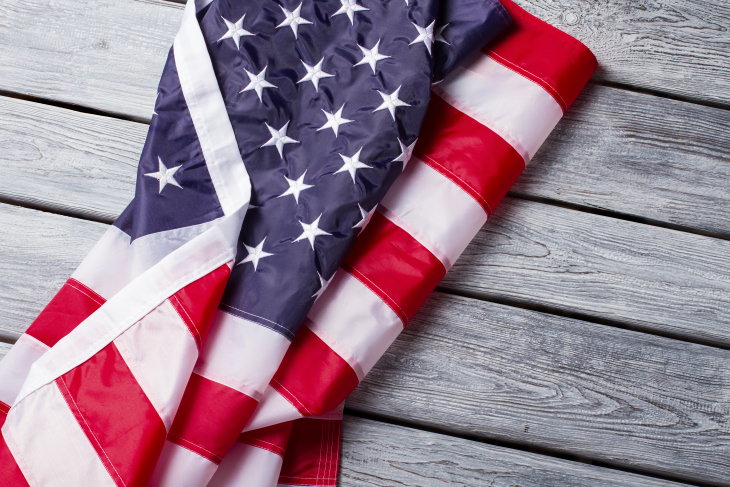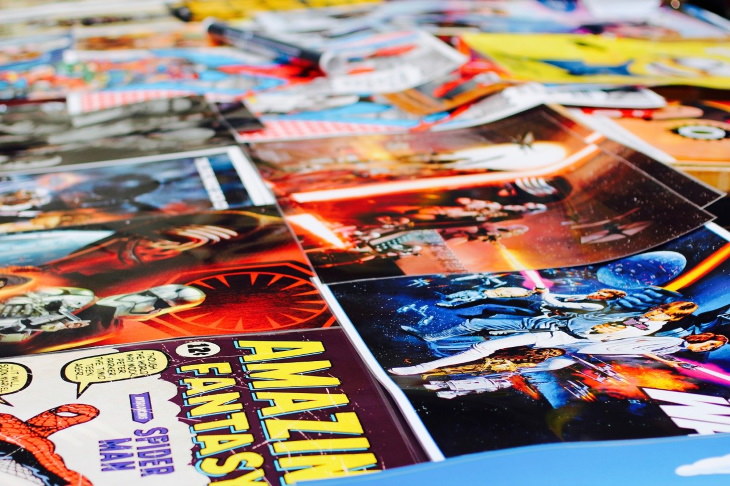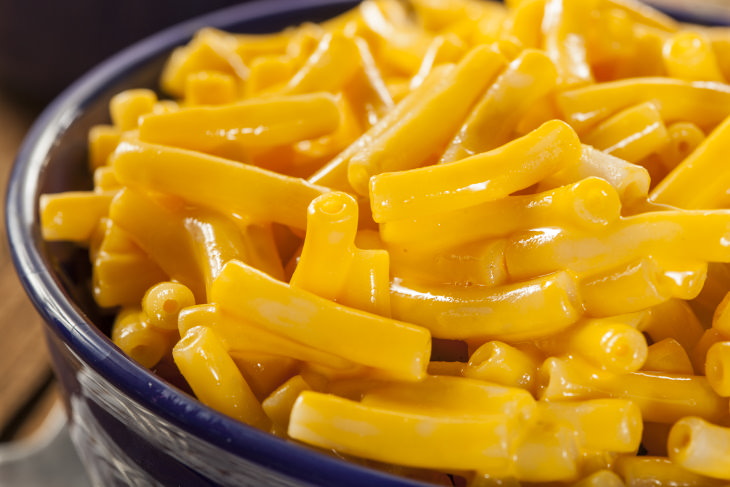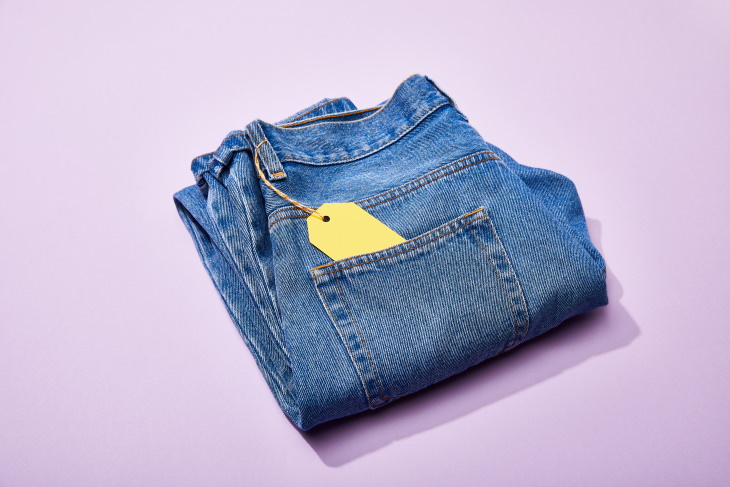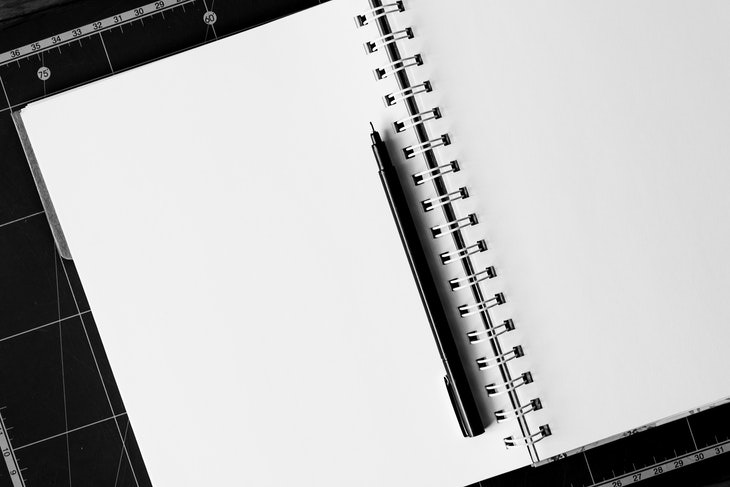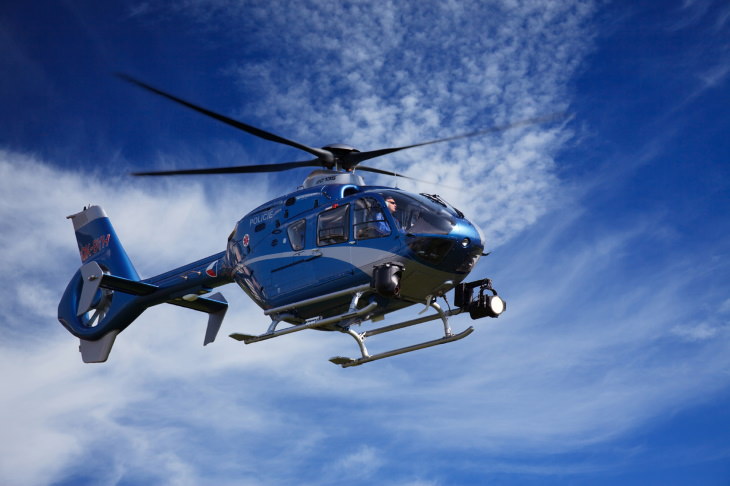1. Contact Lenses
The history of contact lenses may surprise you, as it actually begins in the distant year of 1508 when Leonardo da Vinci made the first known sketch suggesting that it’s possible to manipulate vision with the help of water or a glass hemisphere over the eye. However, it wasn’t until much later, the end of the 19th century, that the first glass contacts were made either in Germany or Switzerland.
These glass contacts and the later glass and plastic hybrids were very fragile, unfortunately, and uncomfortable to wear. In 1959, Czech chemists Otto Wichterle and Drahoslav Lim finally made a breakthrough by introducing soft hydrogel contact lenses, which paved the way to the widespread use of contacts and the manufacture of the American SoftLens, the first contact lens using the novel technology.
2. Remote Control
Can you imagine your leisure time without using a remote control, having to actually get up and walk to the tv in order to change channels and titles? Few people can today, and why would they, since remote controls have been around ever since many of us were ever born. And while network television, the TV set, and the humble yet very important remote control have been put to great use in the US, none of these inventions are innately American.
The remote specifically was first showcased in Europe when scientists and inventors only started exploring the potential of radio waves. For example, in 1895, Jagadish Chandra Bose, a British Indian polymath and inventor, used microwaves to trigger a gun and sound a bell from a distance of 23 meters (75 ft) through walls!
A year later, Italian radio innovator Guglielmo Marconi and Welsh scientist William Preece triggered a bell by pushing a button without the use of wires in a demonstration in London. Though these early remotes weren’t used in conjunction with TVs for obvious reasons, they essentially did the same thing your TV remote does today.
3. Democracy
The idea that democracy started off at the Continental Congress with the proclamation of the United States as a sovereign country is very common, but it’s also not fully accurate. In fact, democracy as a system where people rule their own country actually goes back to Cleisthenes, an Athenian lawgiver who reformed the government and set the Greek city-state on a democratic path.
508 BC, the year the democratic constitution of Athens was drafted, is widely considered to be the birthday of democracy - a great Ancient Greek invention.
4. Comic Strips
Although the invention of the comic strip can be attributed to several sources, none of those sources are actually American. Some say that books of images with narrative block sequences are a Chinese invention, since lianhuanhua - small narrative picture books with images and text popular in China - date back to 1884.
Others claim the origins of comics draw upon 18th-century English caricatures, such as the satirical series of cartoons like A Rake’s Progress by William Hogarth that depicts the moral downfall of a young son of a wealthy merchant.
5. Macaroni and Cheese
There is an American urban legend that Thomas Jefferson invented macaroni and cheese. The founding father can certainly be credited for many important accomplishments, but he wasn’t the one who invented this popular American evening meal. He did, however, serve the very same mac and cheese at the state dinner in the White House after encountering it on his trips to fashionable restaurants in Paris and northern Italy.
In truth, macaroni and cheese has been a popular dish throughout Europe for centuries, and the earliest recorded recipe was published in 1769 in the book The Experienced English Housekeeper by one Mrs. Elizabeth Raffald, though it’s likely to have been common for at least a century before that.
6. Blue Jeans
Blue jeans are ubiquitous in the United States, and they do have a long history in the country, with the first Levi’s Strauss models being sold as extra sturdy pants for miners in San Francisco back in 1853. However, Strauss didn’t invent denim. As an immigrant from Belgium, he must have known of denim before moving to the United States.
The real inventors of blue jeans were French textile manufacturers from the city of Nîmes, who created the new fabric in the 18th-century by accident, in an attempt to imitate serge - an Italian fabric used for outerwear. The new fabric would be known as ‘serge de Nîmes’, or simply 'denim' for short.
7. The Notebook
The notebook wasn’t conceived of in the United States. In fact, its origins can be traced back to the opposite side of the map - Australia. In 1902, a stationery shop owner in Tasmania, J.A. Birchall found that selling paper in cumbersome stacks was inconvenient.
As a solution, he created the first commercially available notepad by gluing a stack of sheets of writing paper together and supporting the stack with a cardboard backing. Birchall called this novel contraption the "Silver City Writing Tablet", and it was a great success!
8. Refrigerator
Refrigeration revolutionized the world, improving everything from your kitchen to medicine, retail, and everything in-between. The technology behind the first refrigerators was first suggested by a Scottish doctor named William Cullen. In the 1720s, he observed that evaporation is capable of producing a cooling effect. In 1755, Cullen created and demonstrated a small refrigerator by evaporating ethyl ether in a partial vacuum, even managing to produce some ice.
The potential applications of this technology weren’t recognized until over a century later when American and British inventors came up with similar contraptions. The first commercially successful ice machine was created by Scottish Australian inventor James Harrison, in 1856. Harrison introduced over a dozen mechanical cooling systems to local breweries and meatpacking houses. Domestic fridges first introduced in the US weren’t in use until the beginning of the 20th century.
9. Decaffeinated Coffee
Like most items on this list, decaf coffee is a staple at every American diner, coffee house or supermarket, and the beverage didn’t prove to be as commercially successful outside of the United States. However, decaffeinated coffee didn’t originate in America.
A German inventor named Ludwig Roselius was the first person to realize that caffeine can be extracted from coffee beans using a series of chemical processes in 1903. He first steamed the coffee beans with acid, and then soaked them in benzene to extract the caffeine. Roselius sold his products around Europe and eventually even started exporting it to the US under the brand Sanka, which ended up becoming wildly popular in the New World.
Unfortunately, it later turned out that benzene causes bone marrow cancer, so understandably, modern decaffeinated drinks use a different caffeine extraction process.
10. Aerosol Cans
Aerosol cans were first seen by a wide consumer base in the United States during World War II, when Lyle Goodhue and William Sullivan developed the bug bomb - a portable refillable can developed for soldiers as a means to protect themselves from mosquitos carrying malaria by spraying tents and airplanes with the insecticide.
However, the concept of aerosol cans goes as far back in time as the 1920s or even earlier. We know that a Norwegian chemical engineer named Erik Rotheim was granted the patent for the invention of aerosol sprays both in Oslo in 1927 and the United States in 1931, and he later sold the patent to a United States company. So, technically, aerosol cans are a Norwegian invention.
11. Helicopters
The first commercially available helicopters were developed by Russian-born engineer Igor Sikorsky in the United States in the 1940s, with the working model, the VS-300, still standing at the Henry Ford Museum today, since the machine was presented to the famous businessman by Sikorsky himself. Still, there is a long engineering history of trial and error behind the development of the helicopter, and the Sikorsky aircraft is by far not the first successful helicopter in history.
For example, two Soviet engineers, Boris N. Yuriev and Alexei M. Cheremukhin created and flew their 1-EA helicopter up to an altitude of 605 meters (1,985 ft) in 1932, but their achievements were not recognized because USSR wasn't part of the World Aeronautical Federation at the time. Other French and Russian researchers made further crucial additions to the helicopter in the 1930s.
12. Cowboys
The cowboys of the Wild West certainly invoke some vibrant sequence of American imagery in our minds, and we're instantly reminded of western films and the persona of a serious man wearing a cowboy hat riding a horse, lasso in his hand. However, these Western heroes and their trade - cattle herding - have been heavily inspired by the Spanish vaquero.
These Spanish cattle herders had all the characteristics of the cowboy, hat and all, and have existed in the Iberian Peninsula since Medieval times. From Spain, vaqueros made their way into Mexico, where the line of work became increasingly popular. From there, Mexican vaqueros brought their craft to Texas, where the cowboy lifestyle and culture turned into a whole movement. This movement was subsequently romanticized in American cinema and gave birth to the image of the American cowboy we're familiar with today.

